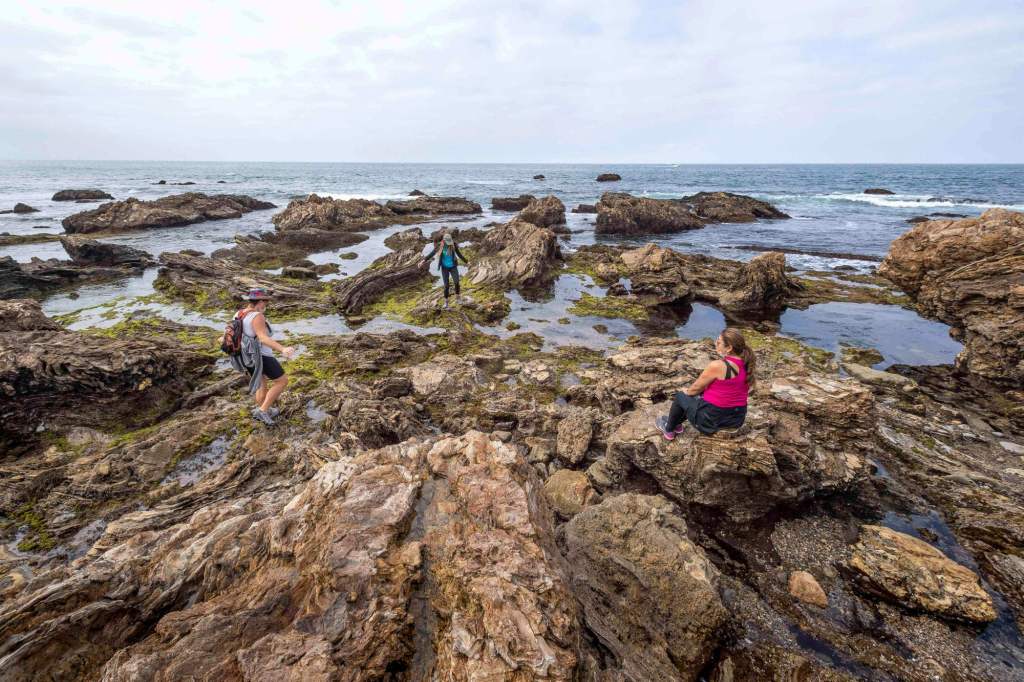California’s coastline is among the most diverse ecosystems on the planet and its protection the last 10 years through 124 separately designated areas has made the state a model and envy nationally and internationally.
The California Department of Fish and Wildlife recently released its first study following the first decade since the creation of an ecologically connected network of Marine Protected Areas, or MPAs, and the results are promising, especially in Southern California’s Los Angeles and Orange counties, said Stephen Wertz, a senior scientist and manager of the wildlife agency’s Marine Protected Areas Management Project.
Now, officials at the wildlife department are waiting for it to be accepted as the first-of-its-kind network globally by the International Union for Conservation of Nature, Wertz said.
Among the report’s most significant findings is the growth and variety of sea life, include kelp, that has rebounded in the MPAs, which were previously heavily fished before being designated as protected areas and “no-take zones” where fish and other life can’t be removed, said Wertz, adding that the network’s overall success has led to a host of queries from groups both nationally and internationally that want to replicate the model used in California for their own conservation efforts.
Data also shows that the protected areas are seeing fewer of the negative impacts of climate change.
As an example, when the Pacific Ocean saw warming between 2014 and 2016, researchers found the protected preserves had fewer ill effects than other ecological areas statewide, the report found.
By establishing areas where the marine life, including plants, are protected from fishing or being removed, “the species responded really fast” and now those protected areas are much more diverse than other parts of the coast, Wertz said, adding the benefit extends beyond the MPAs. “Having a safe haven away from fishing is very important and when they…
Read the full article here






